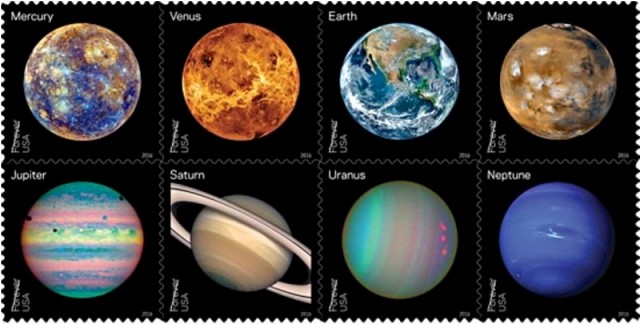anyways, enough excuses...some time ago I read that one of the foreseen Sunday Stamps' theme would be cycles, and I immediately knew I would have to take part in this one...those who know me, know my passion/love/fascination when it comes to bicycles (places like Amsterdam or Copenhagen for example are like my ideal place for living just because of that cycling culture they have..)
Ok, the whole theme for today refers to all cycles (bi-, tri-, motor), but I'll stick to the bi- ones...
I hope the host wouldn't mind I'm posting the same issue....
This is a set of Russian stamps issued on 11 December 2008 representing the history of the bicycle (and these come from the collection of the Polytechnic Museum in Moscow, which is one of the oldest Science Museums in the world.
There are four different stamps here (no, it is not eight as it may seem at first glance - each bike/stamp is presented twice)
- the bike at the top-left and bottom right corner - Bicycle ZiCh-1 - a three speed derailleur touring bike that was revered in the Soviet Union for its quality, finish and capability. It appeared in 1946 and was possibly only produced until 1948. It was a brand of bicycles produced in Novosibirsk by Aviation Factory no 153. This factory was named after Valery Chkalov, an iconic Russian test pilot and Soviet hero of the 1930s)
- the middle stamp, both at top and bottom, shows a Road female bicycle V-22. Features: Representatively reflects class of road bicycles with an open frame. The most widespread model of female bicycle in the country in 1950-1960. Produced by Kharkov bicycle factory n.a. G.I.Petrovskiy.
- the stamp at the top right and bottom left corner - a collapsible bicycle of the military sample of "Leytner". Russia. 1917. Manufacturer: A. Leytner’s Factory of bicycles and cars "Russia". Features: the bicycle was produced upon the order of the Russian army. The collapsible mechanism gives the chance to fit it up quickly in the car in any conditions. The small weight (16 kg) offered an opportunity for transferring it on the back - I dont know if this is a typo, but in which world 16kg is actually considered 'small weight'?????
- the last stamp, the one in the middle both on the left and the right side - Racing track bicycle GM-30, 1938. It has wooden rims and frame from thin-walled steel pipes. The back plug is deprived of free wheeling.
and I have another issue I wanted to show for today, this one coming from France...
Issued 17 June 2011, showing bicycles from the origins to the present day. Here you have 6 different bicycles on stamps, plus a few extra drawings on the sheet.
With my non-existent knowledge of French, thank God to Eric and his blog, so I could copy the info on these bike-stamps
The first model (without any pedals or handlebars), the dandy horse, was created in 1817 by German Karl Drais.
It was only in 1861 that the first pedal bicycles were created, the "michaudines" designed by French Pierre Michaux. The front wheel of the velocipede then became larger than the rear wheel to reach its climax with the penny-farthing, quickly condemned for its lack of security...
By 1880, an English company revolutionized the velocipede with the first bicycle including a chain. It will then become more reliable and another invention in 1888, the bicycle tire, will allow it to become more and more popular worldwide, partly due to the creation of the Tour de France in 1903.
The last stamp features a city bike, a recent version of the velocipede including the latest innovations, perfect for commutings. (velocipede - an early form of bicycle propelled by working pedals on cranks fitted to the front axle.) Funny fact - the Macedonian word for bicycle is 'velosiped' :)
For more wheels, visit the Sunday Stamps and enjoy the ride :)
(I'll come back to comment on your cycling beauties a bit later - I just realized I am already late for a friend's gathering - all for the love of bicycles..and stamps :))




